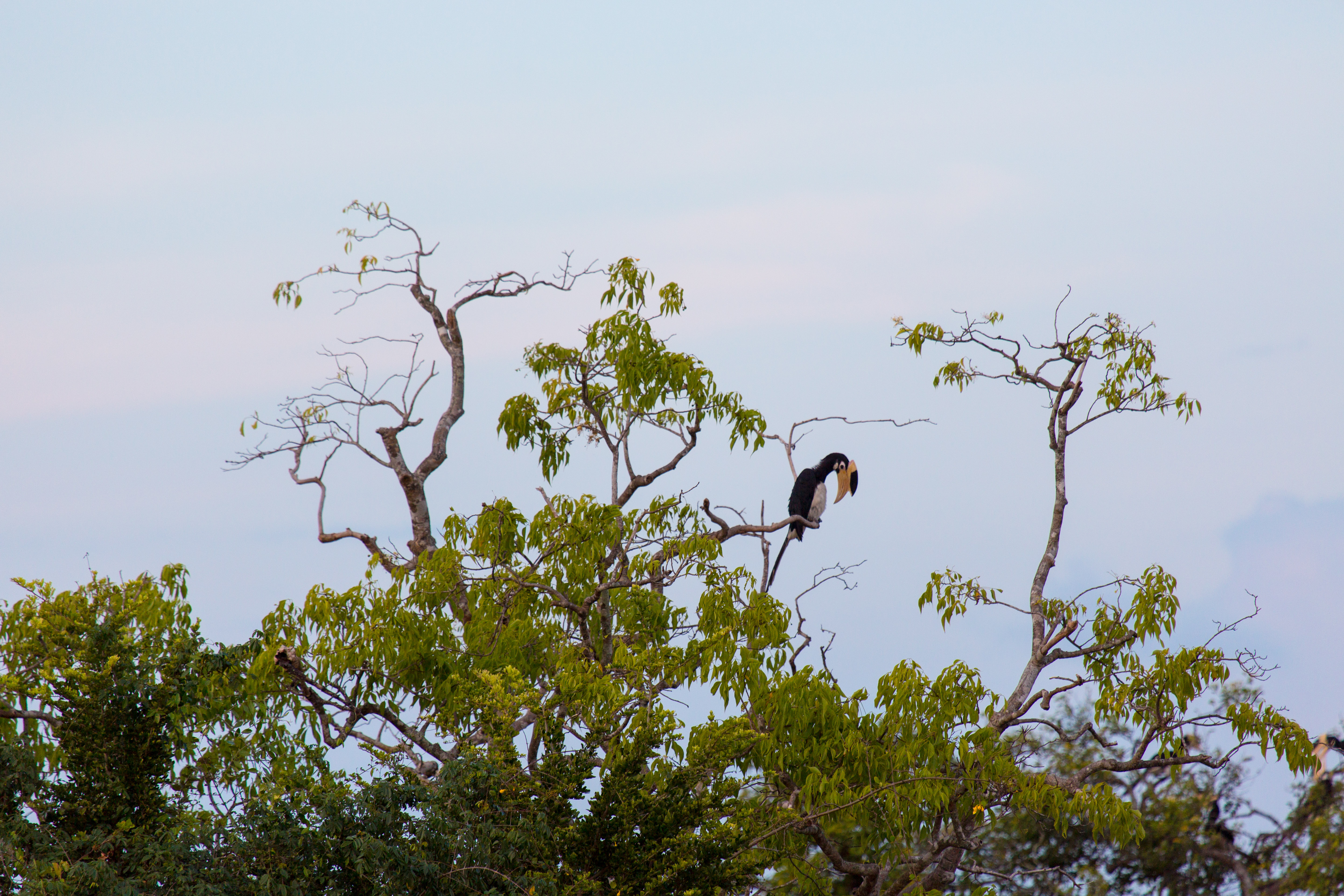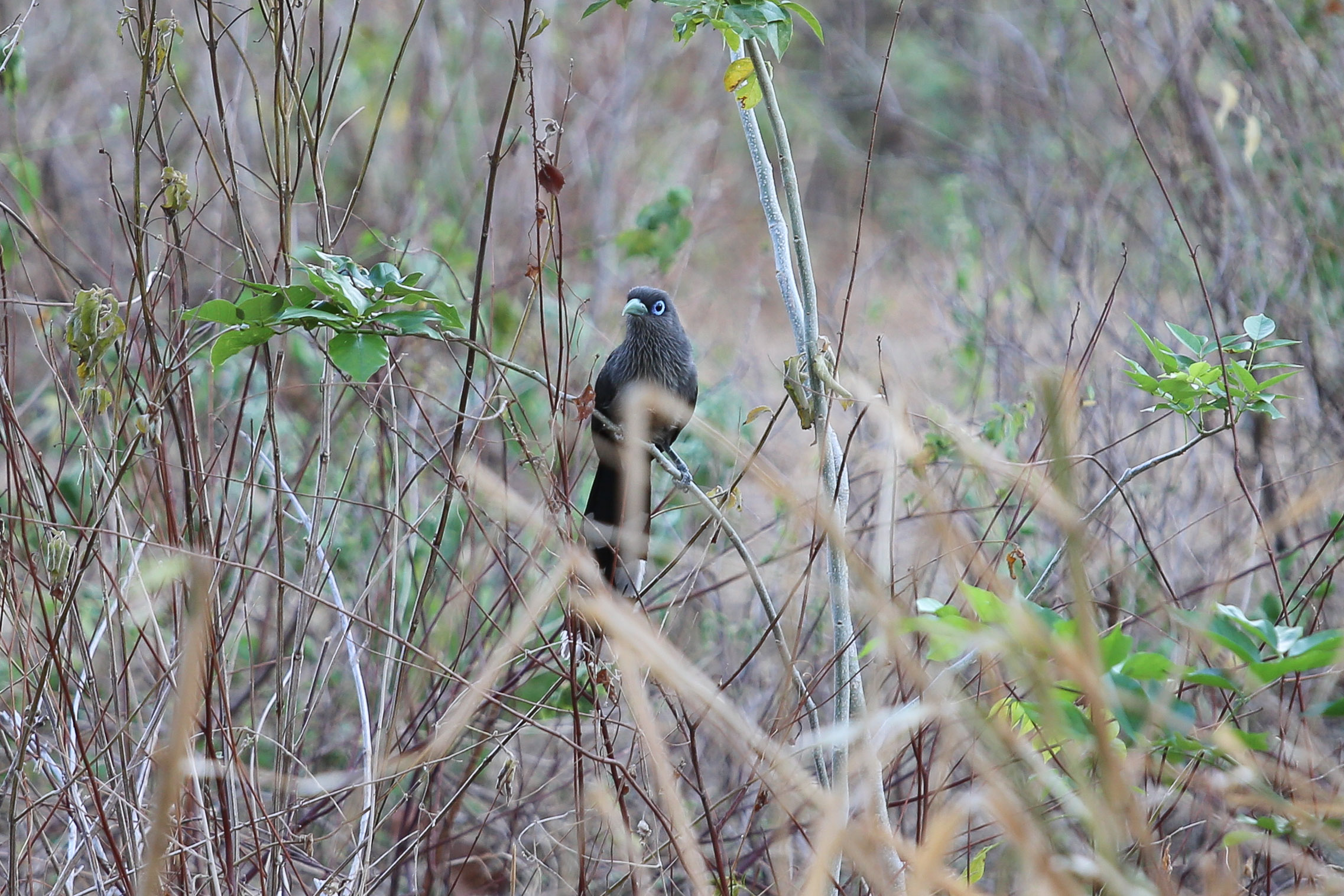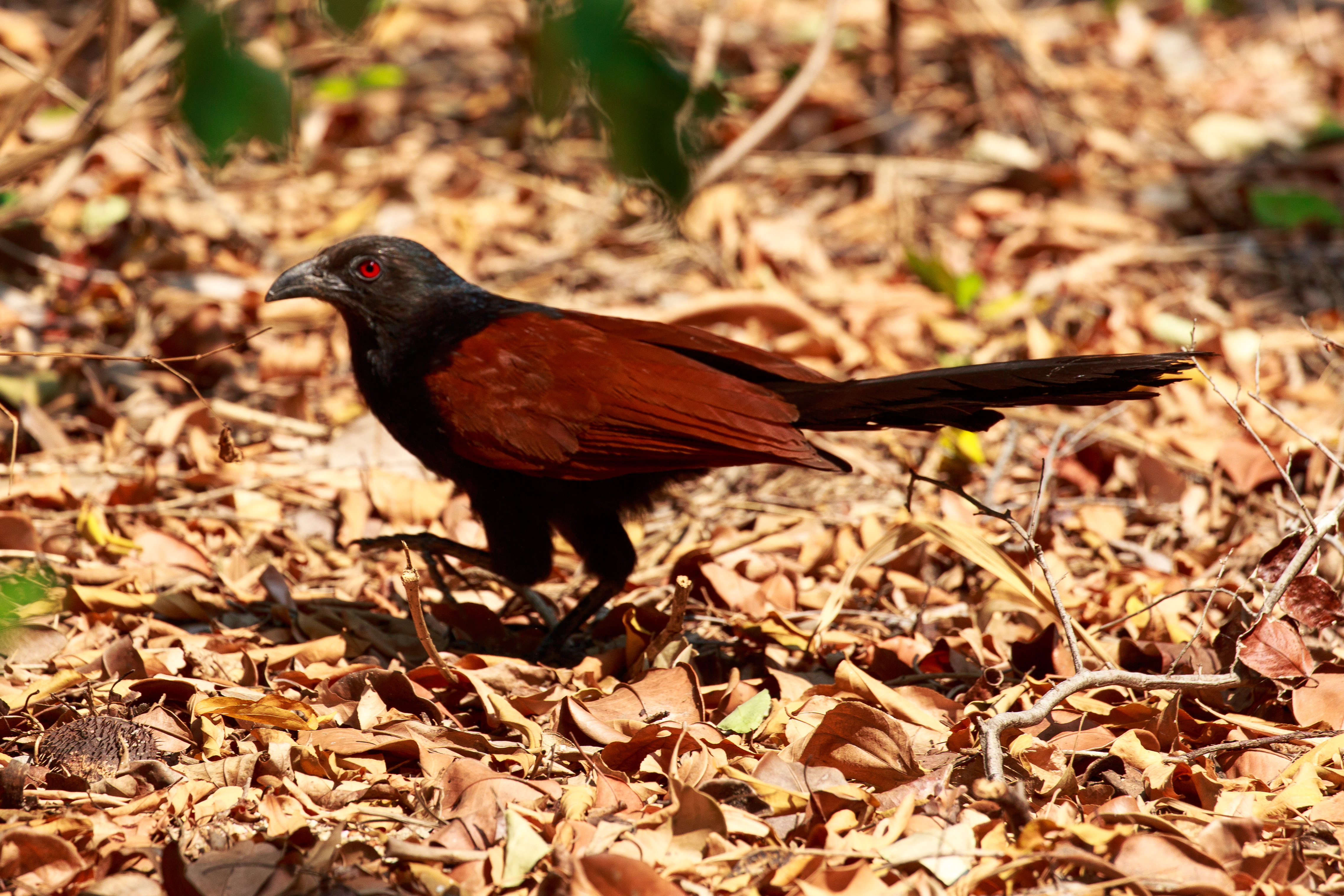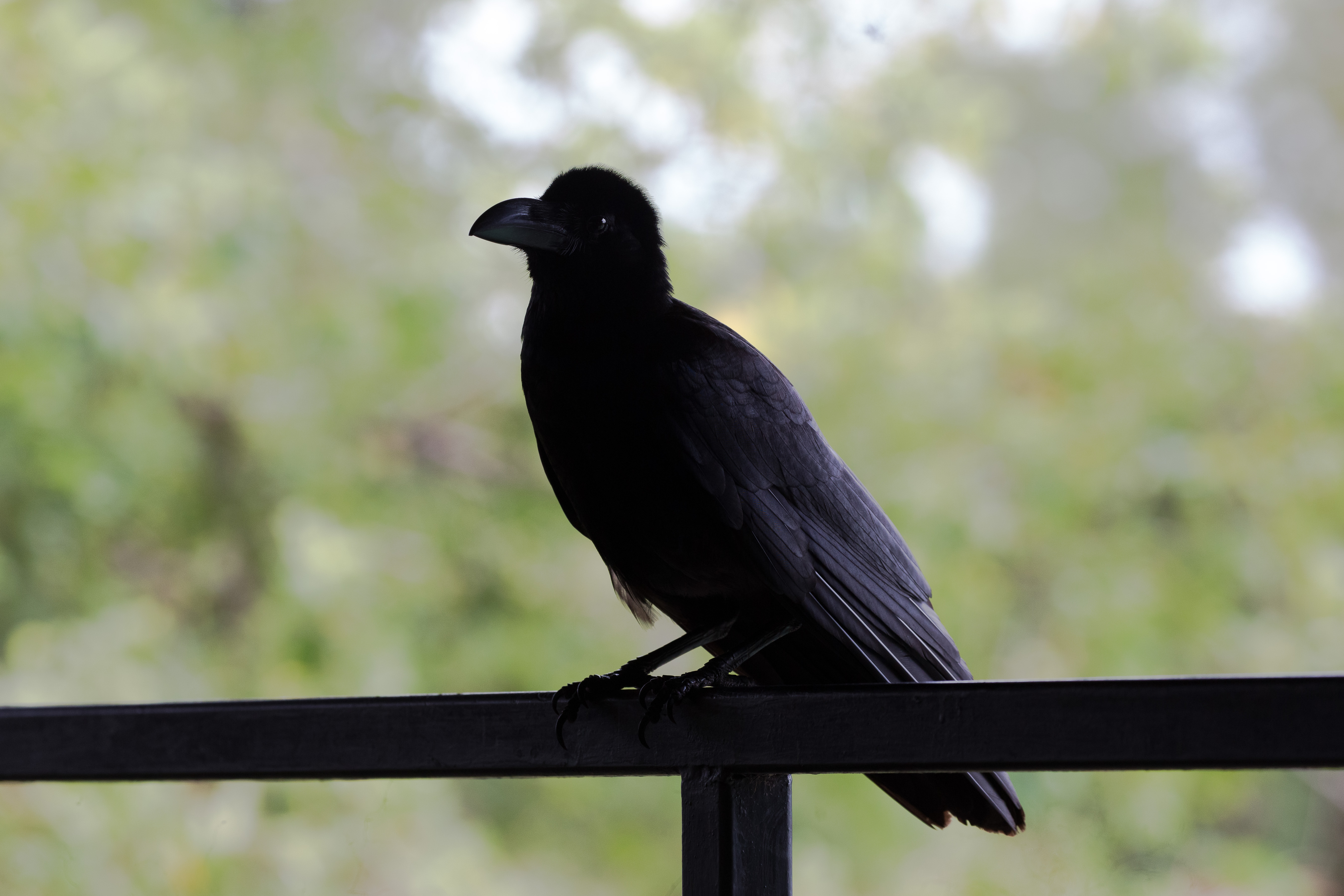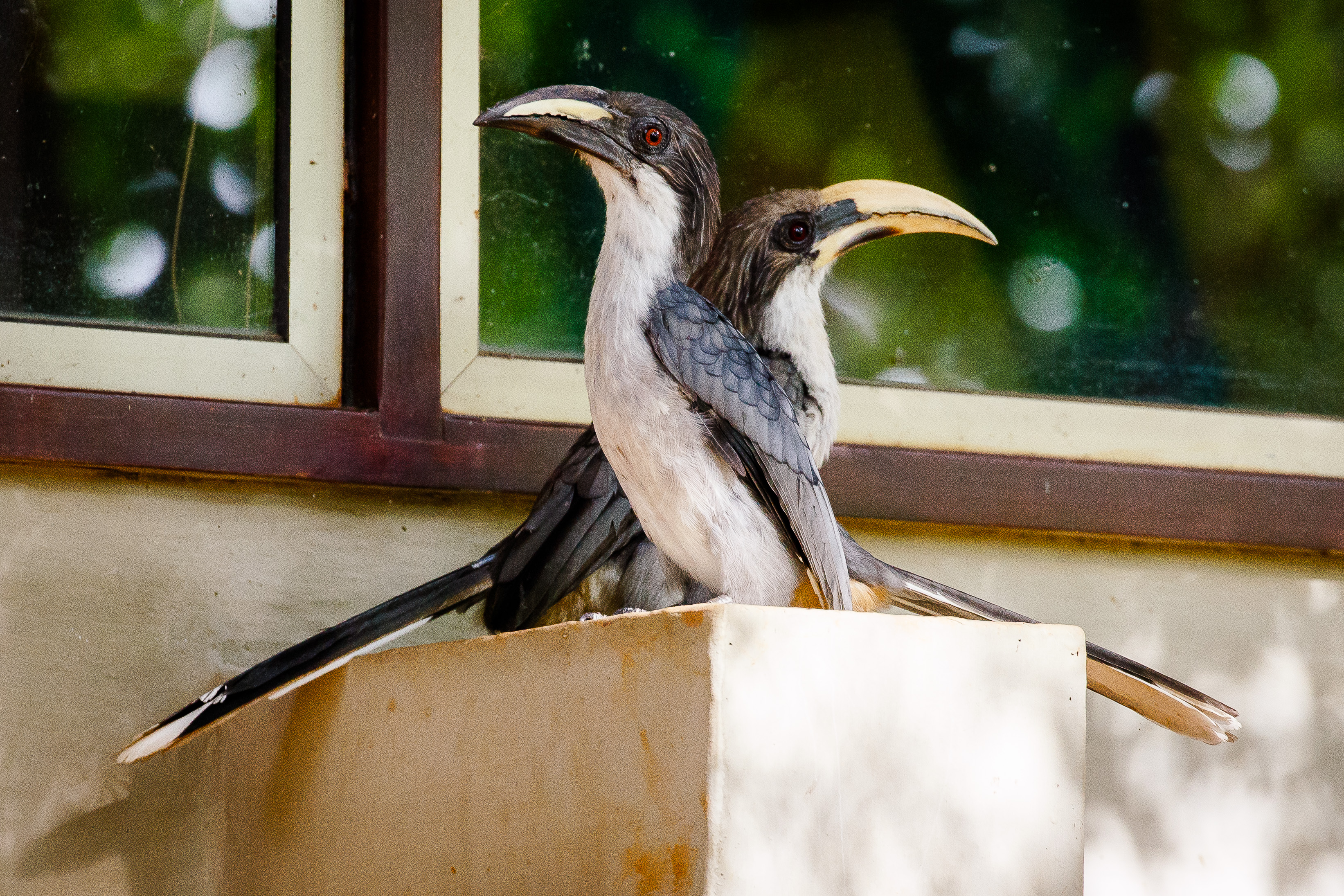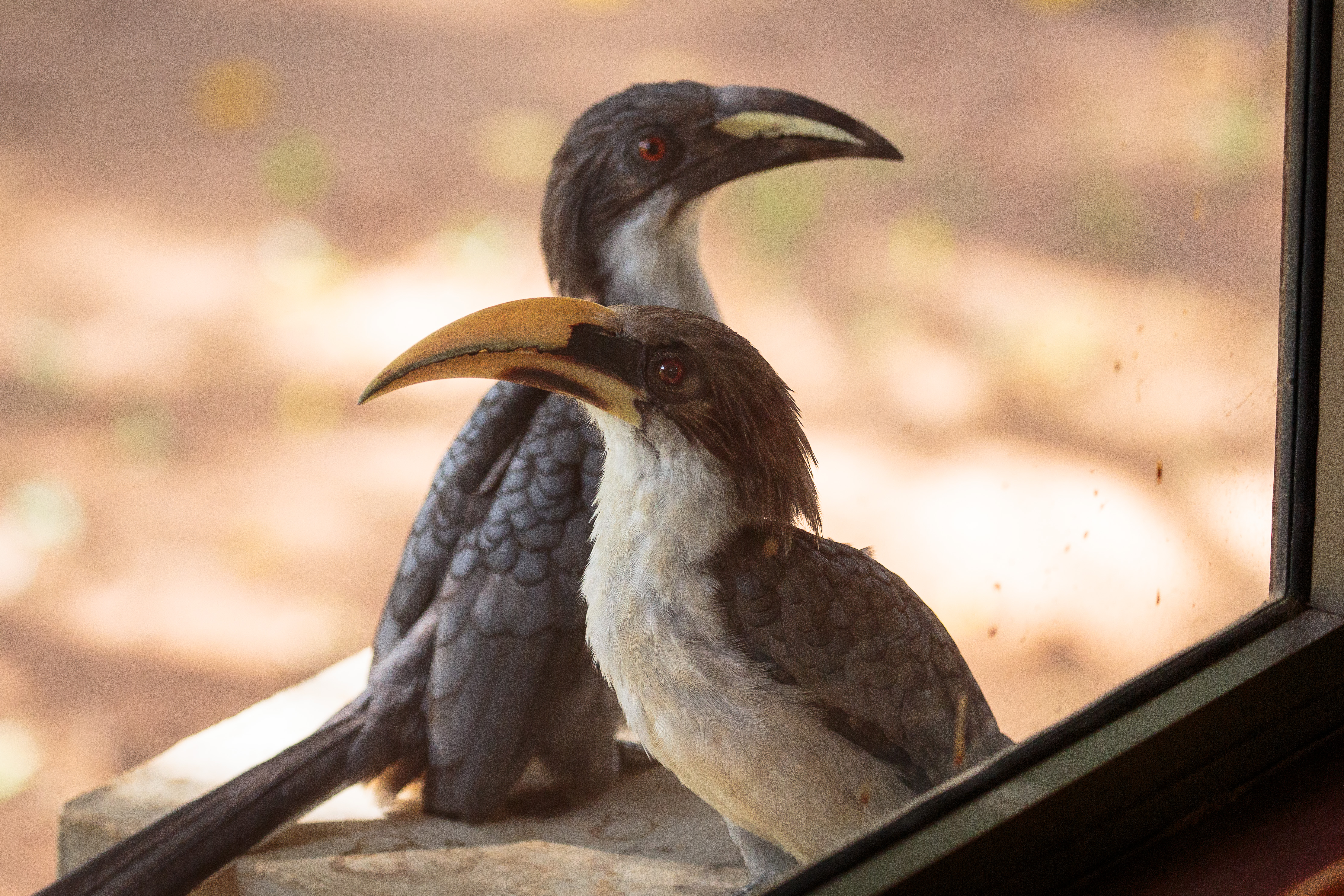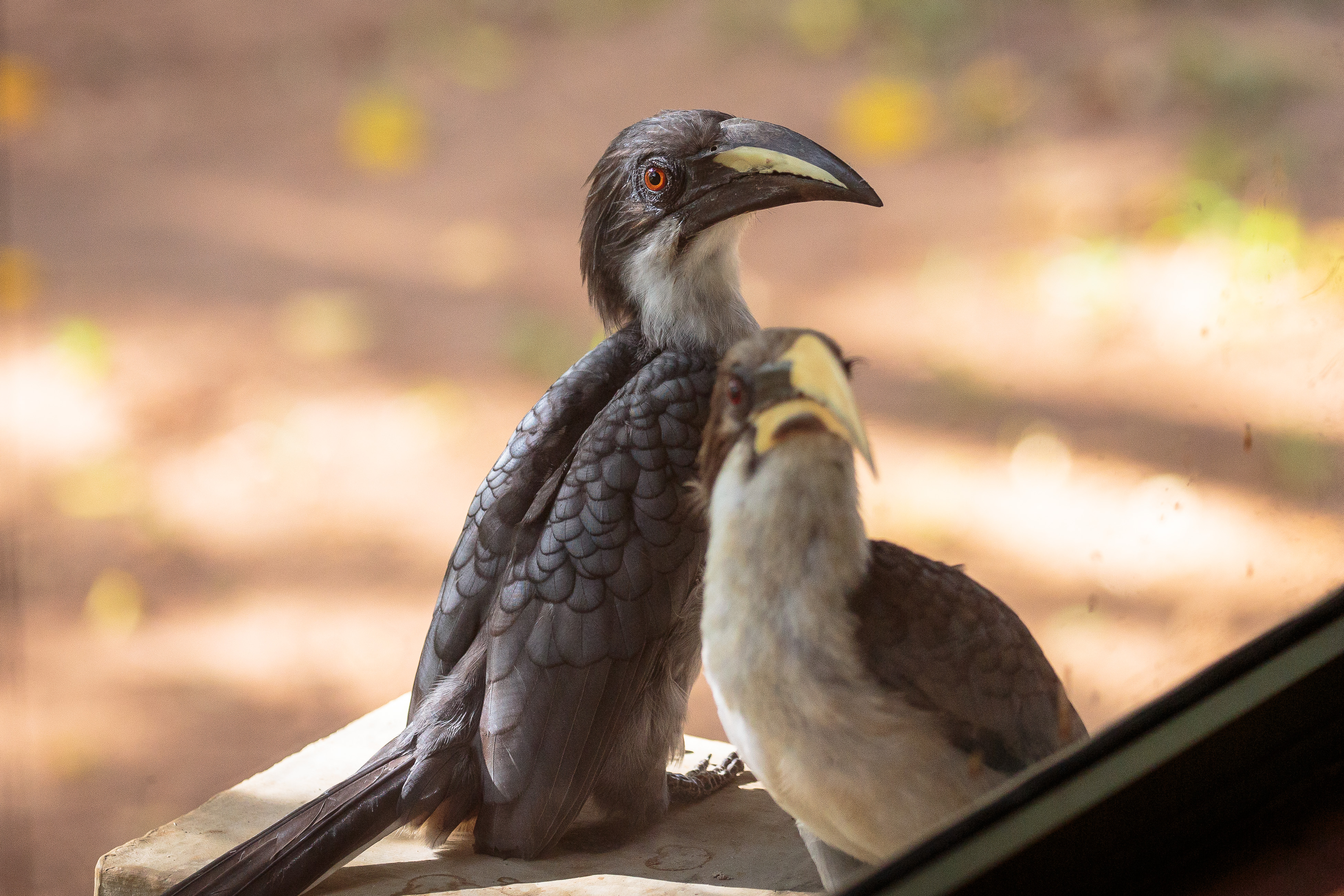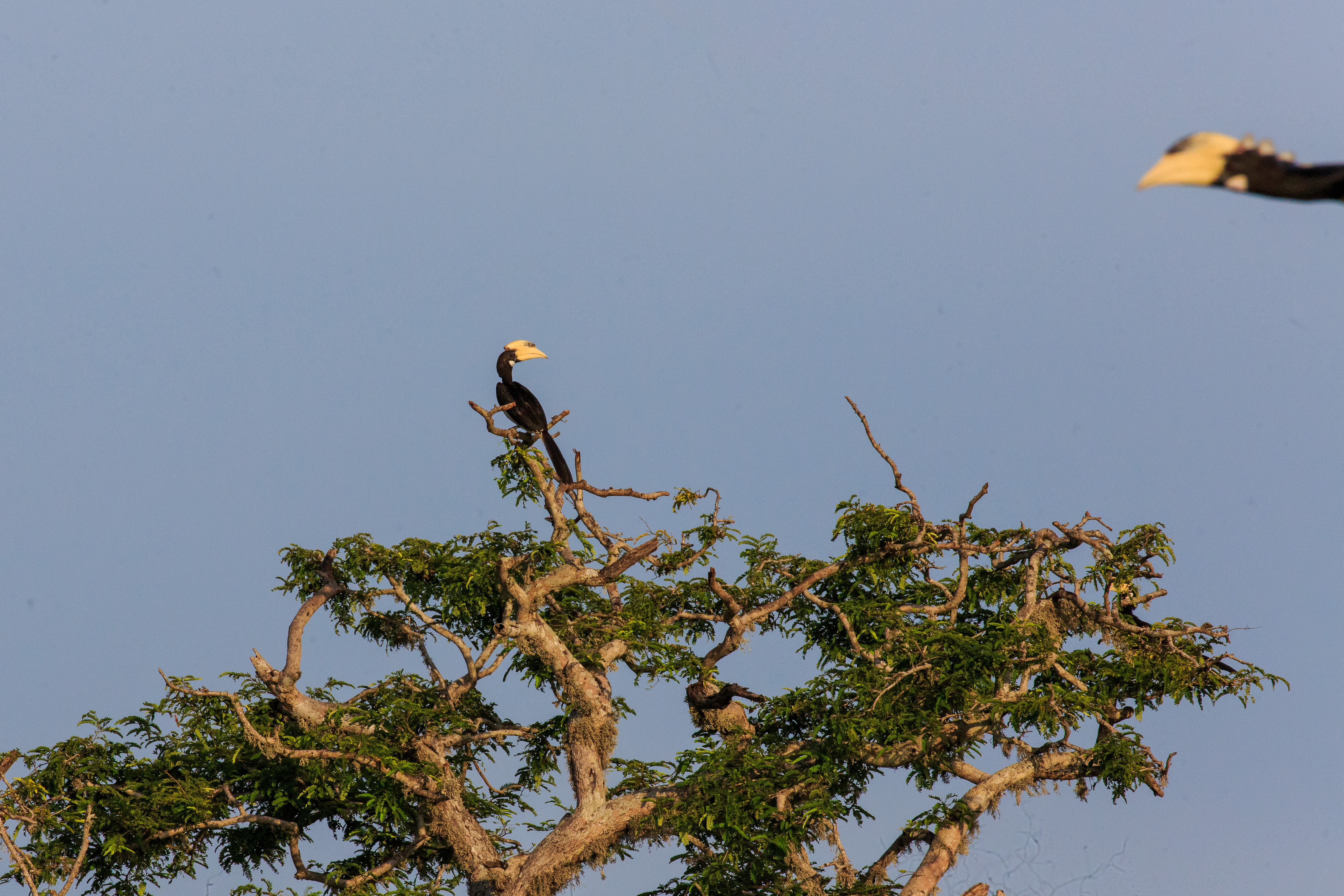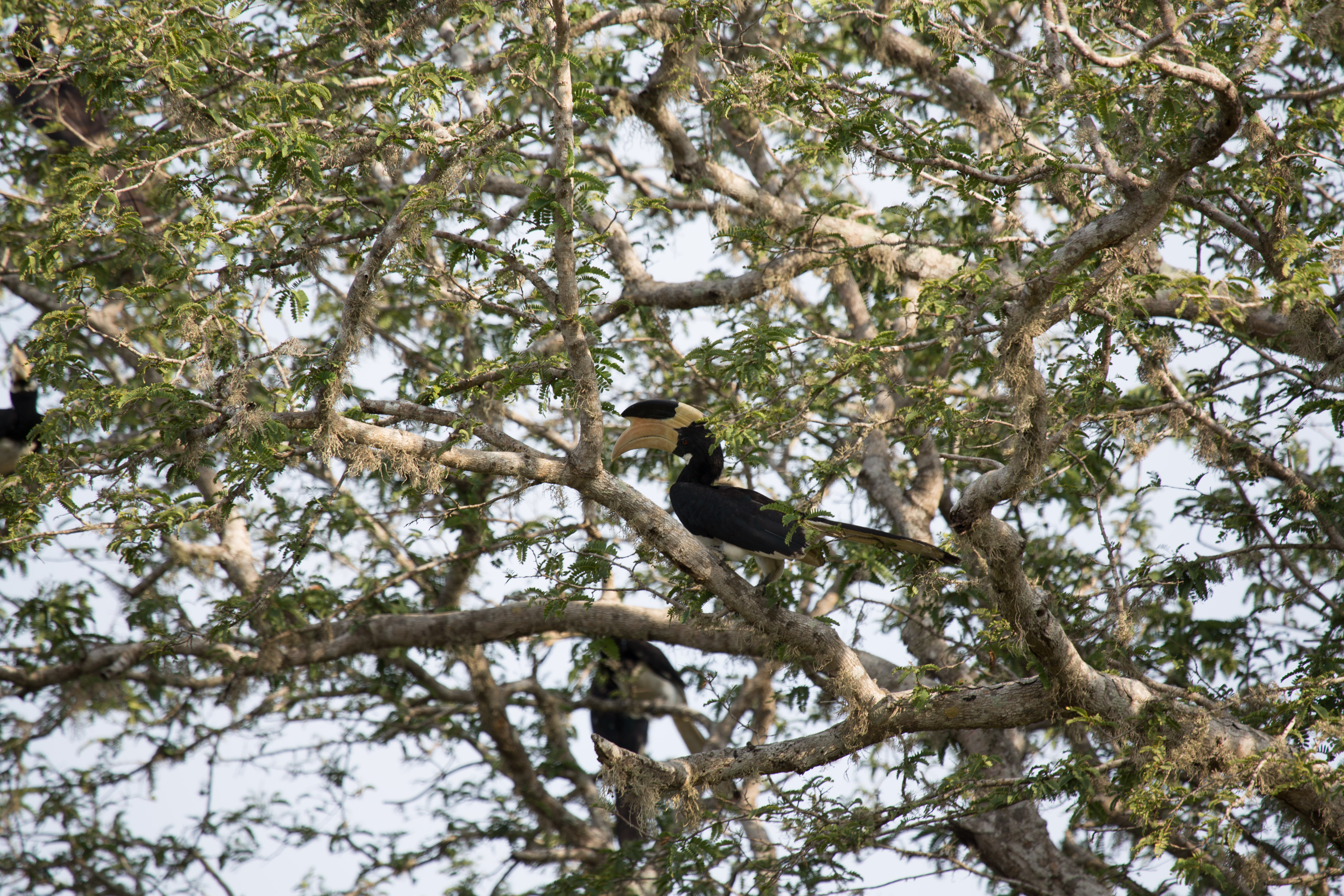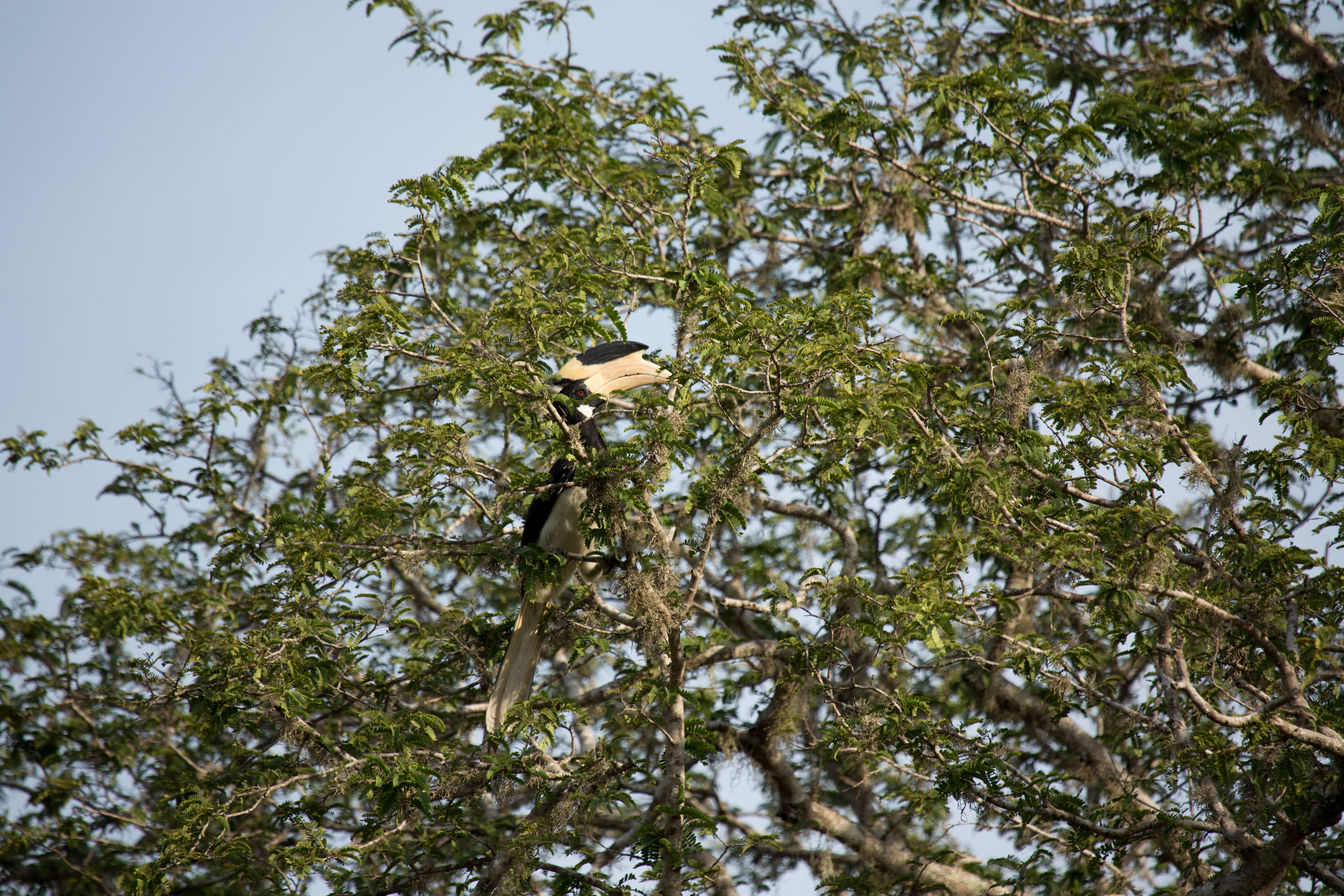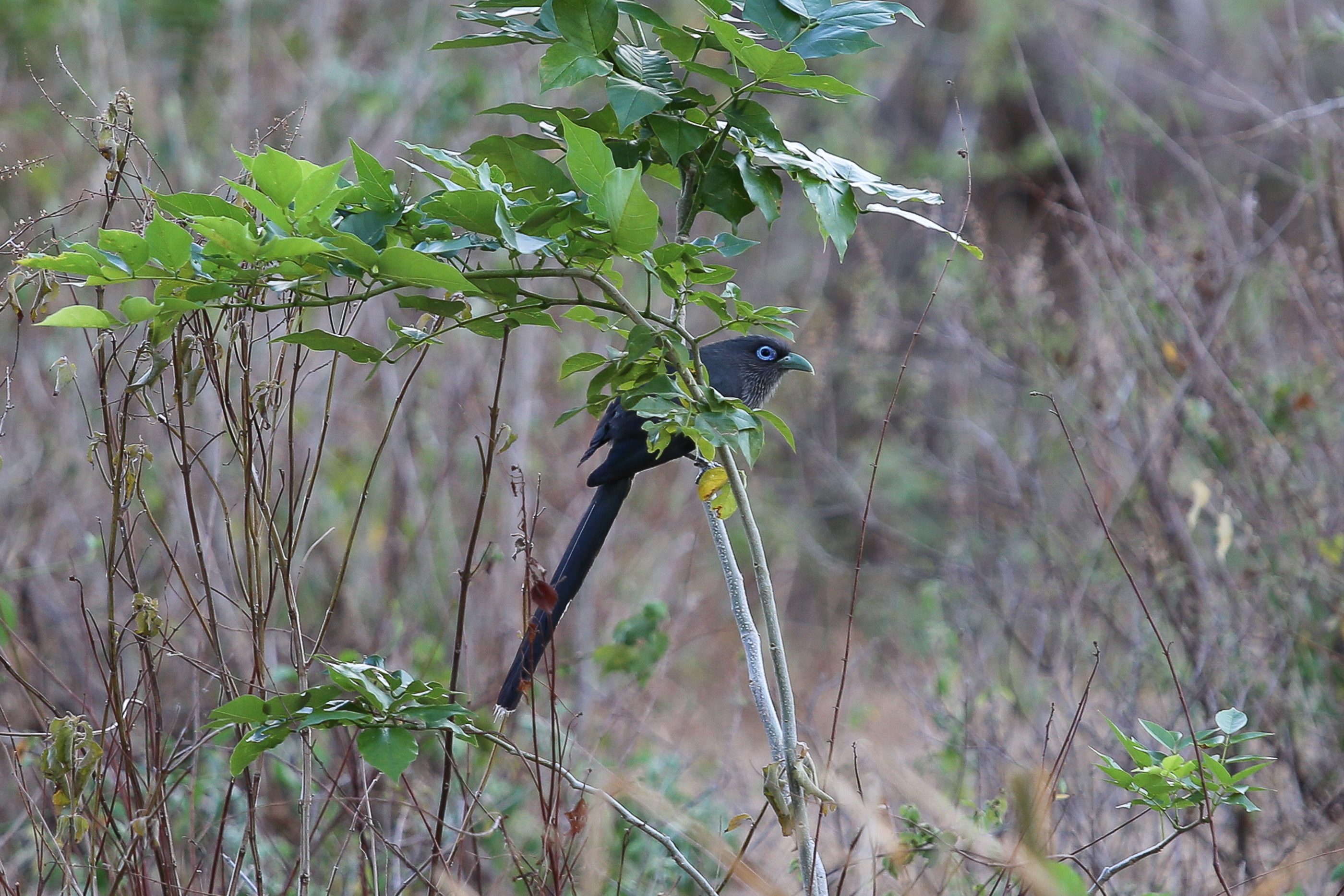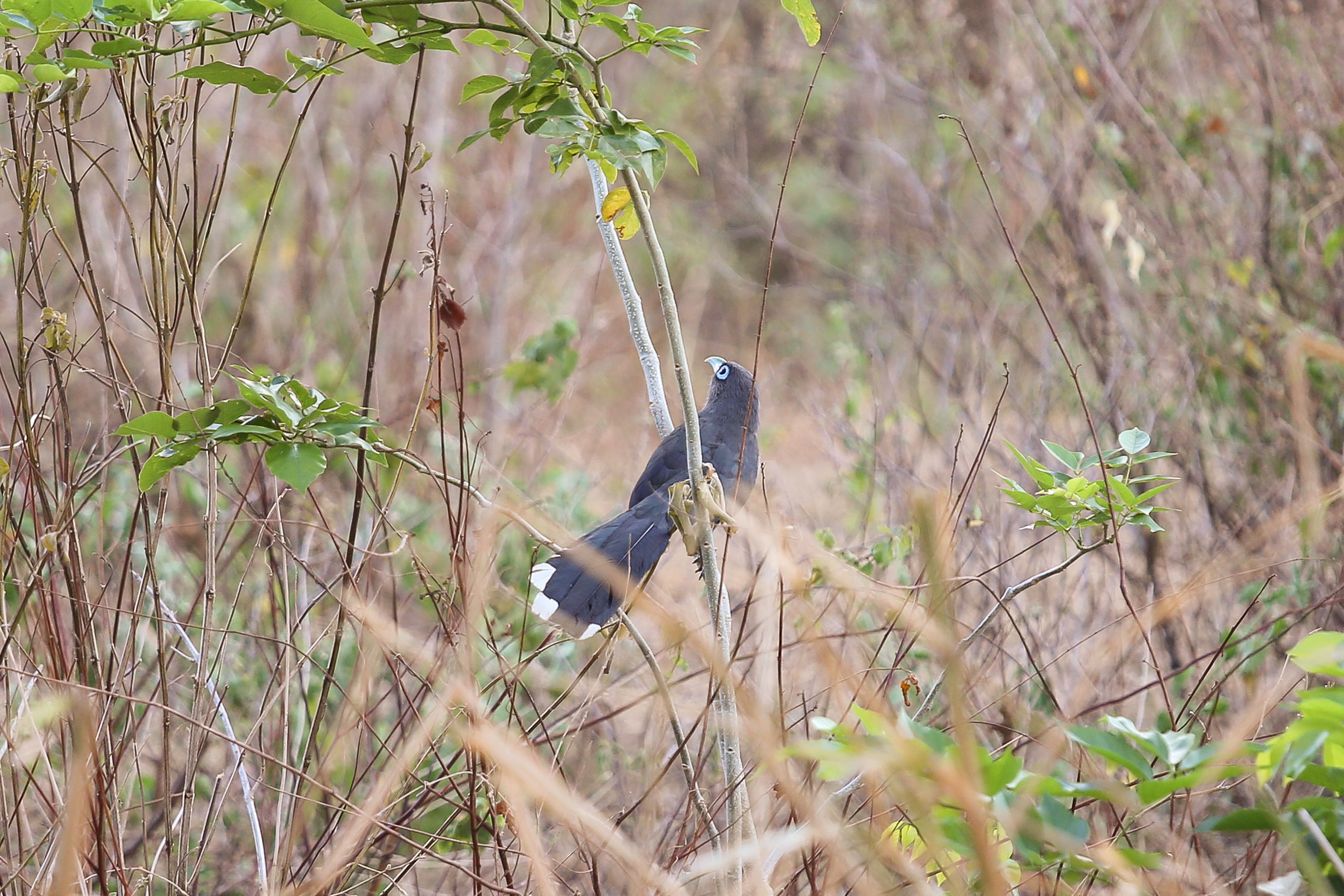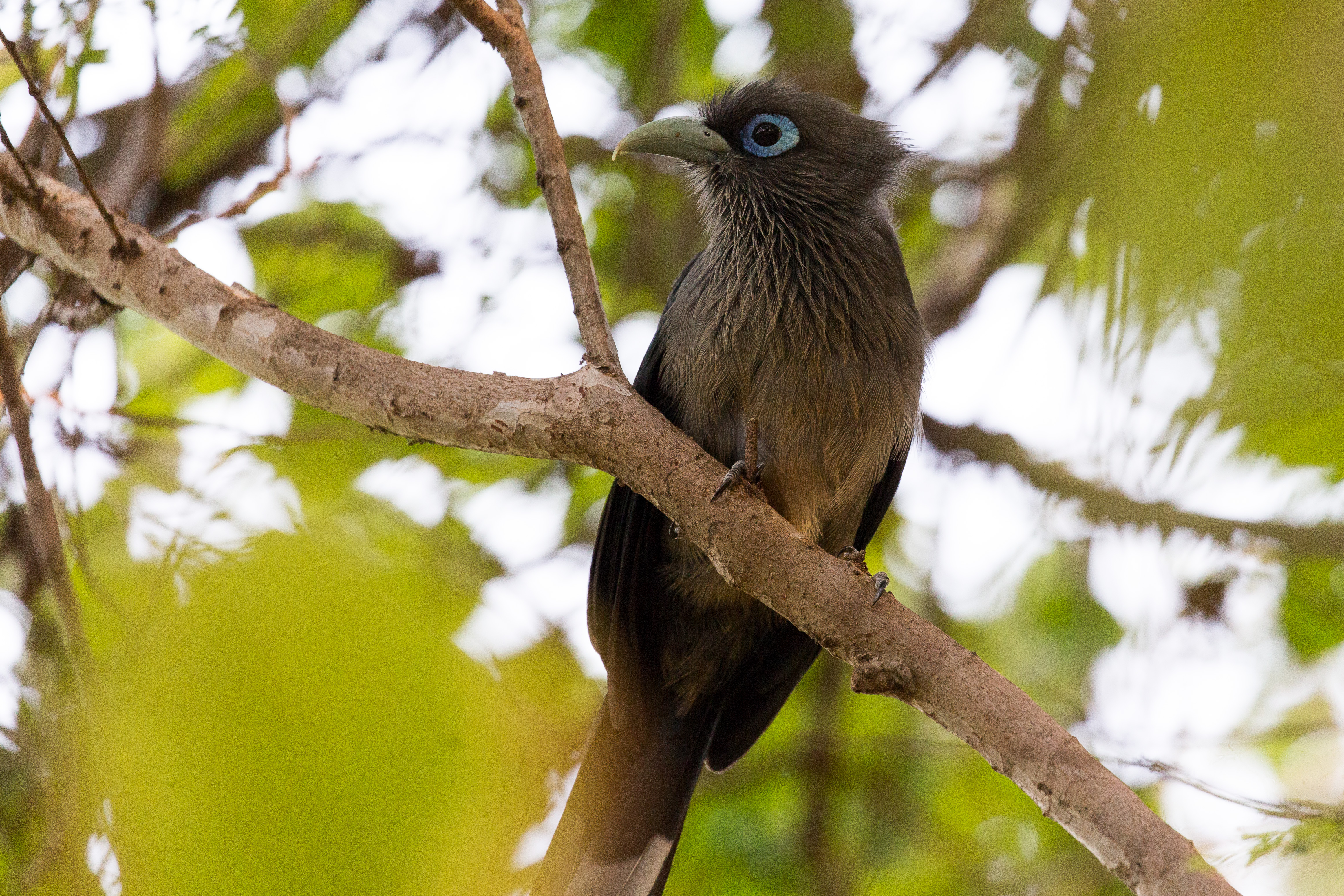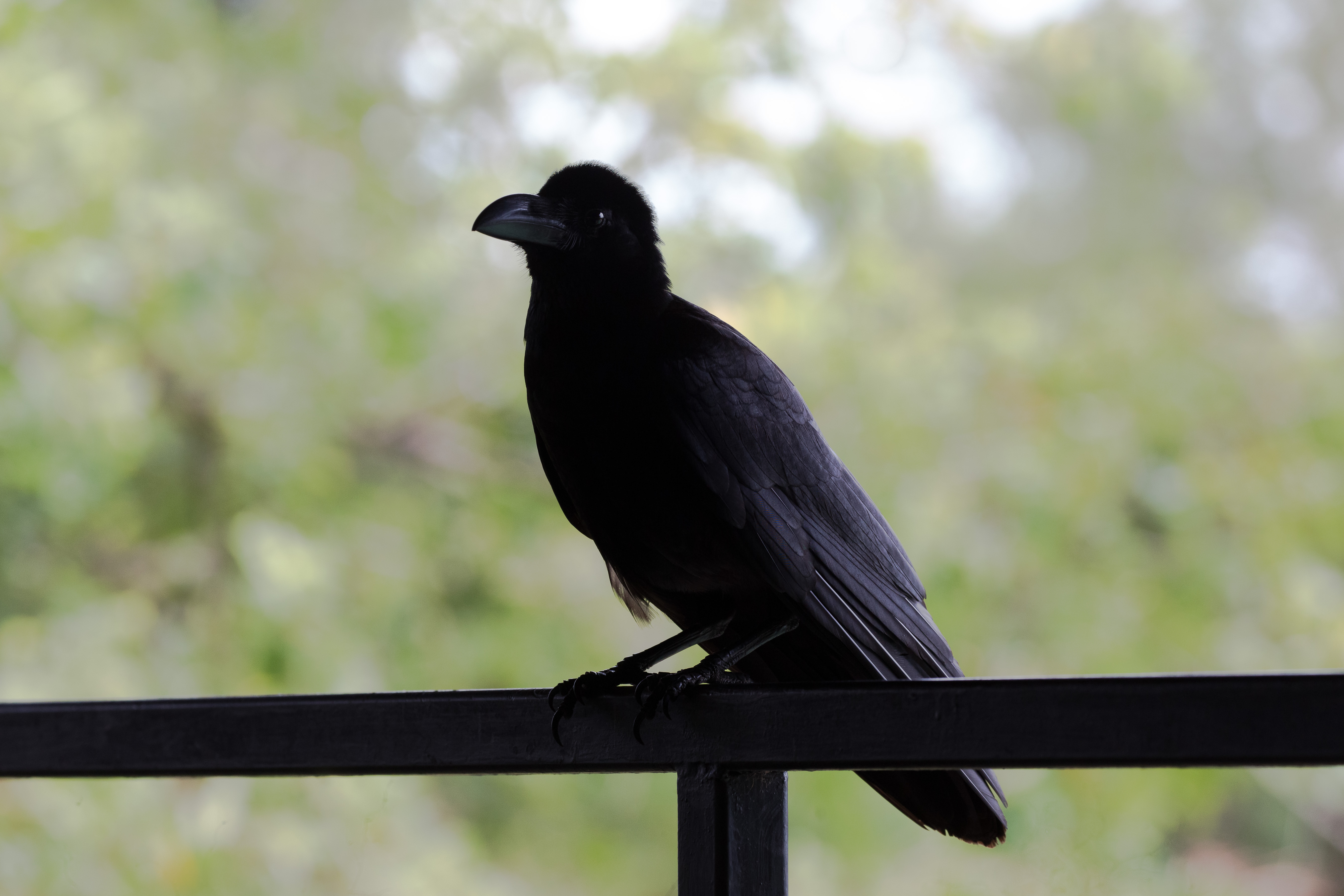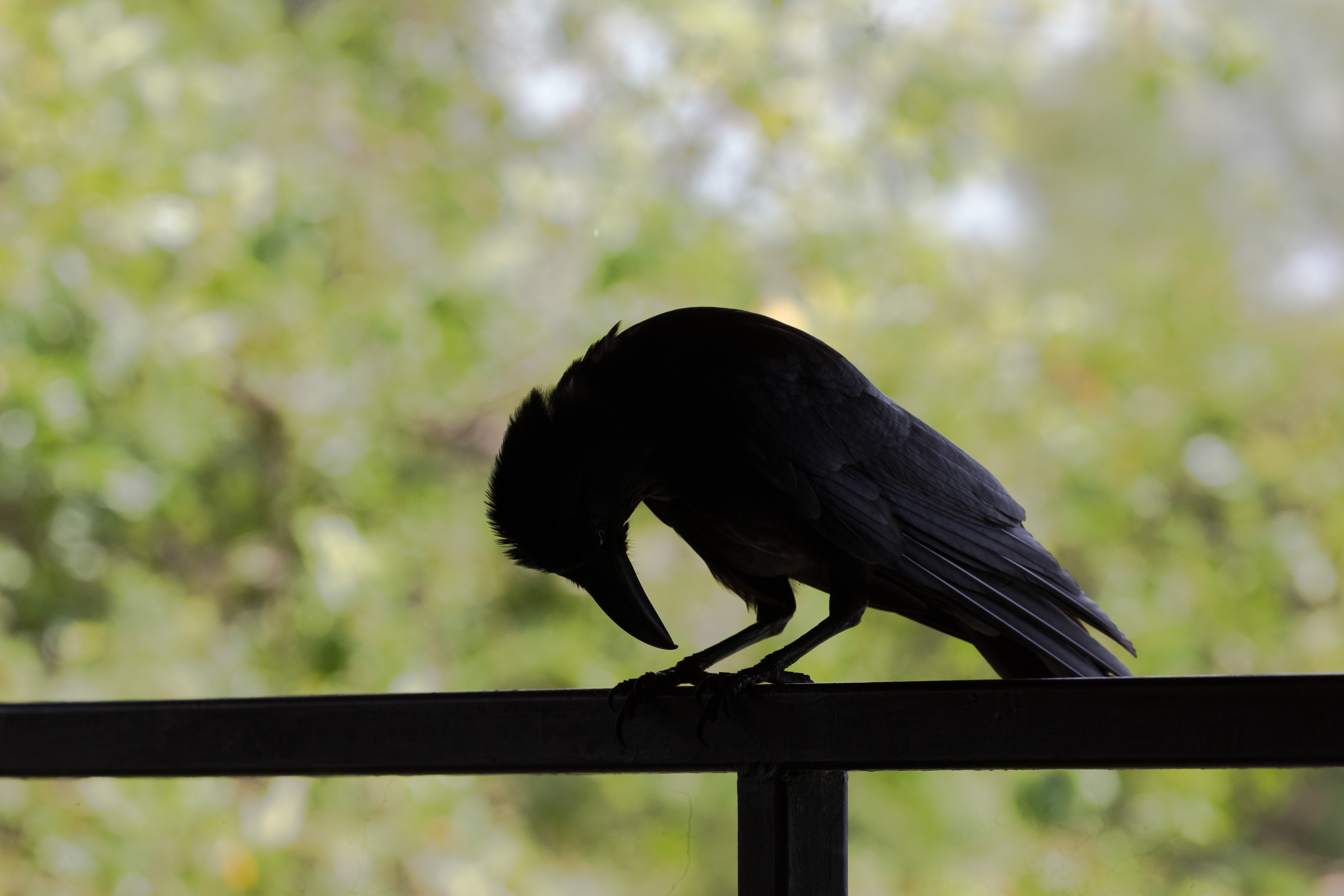Hornbills & Crows
Click on any of the smaller photographs below, to enlarge the image and see the caption.
The photographs below are on a slider. Use the thumbnail images or arrows ↔ to move right or left.
Sri Lanka. So much more than you can see in a lifetime.
Bird References
1. Harrison J. A Field Guide to the Birds of Sri Lanka, 2nd edn. Oxford: Oxford University Press; 2011.
2. Henry G.M. A Guide to the Birds of Sri Lanka, 3rd edn. Colombo: Oxford University Press; 1998.















